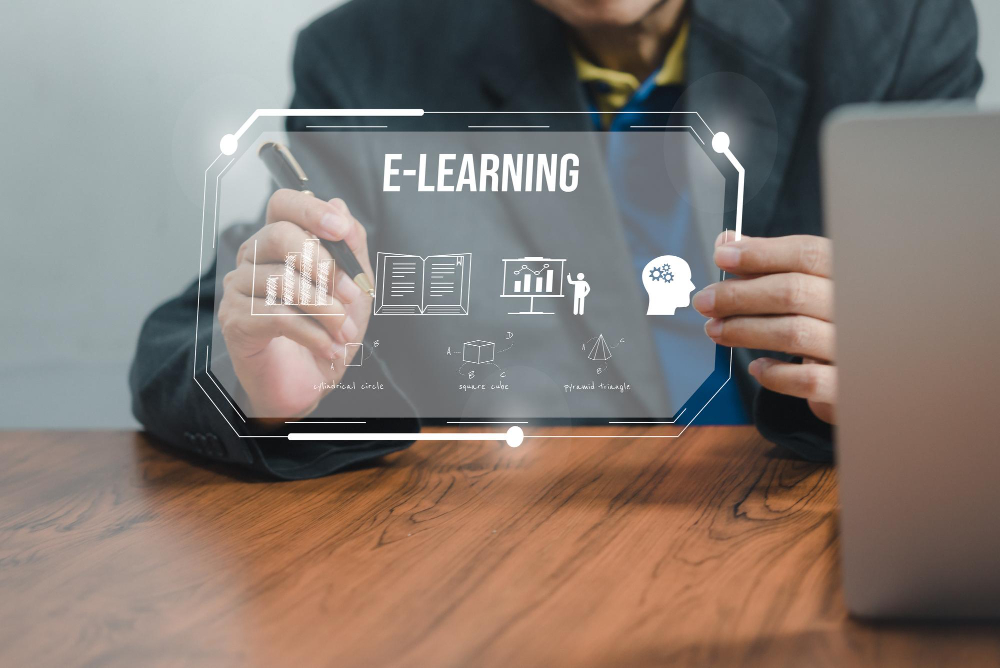Empowering learners in the digital age requires a transformative approach, and Digital Adoption Platforms (DAPs) are leading this revolution. Seamlessly integrating learning within daily tasks, DAPs are reshaping eLearning by fostering real-time assistance, enhancing peer collaboration, and reinforcing formal education. This innovative strategy impeccably fits within the 70:20:10 learning framework, which advocates that 70% of learning occurs through on-the-job experiences, 20% through social interactions, and only 10% through formal education. As organizations increasingly adopt this model, DAPs play a pivotal role, ensuring that learning is practical, immersive, and continuous.
By embedding guidance directly into applications, DAPs transform the traditional learning paradigm. Instead of isolating learning to specific sessions, knowledge is acquired in context, making it immediately actionable. This shift ensures that learning is an integral part of work processes, enhancing productivity and efficiency. Employees now access information just when they need it, without interrupting their workflow, significantly reducing the cognitive load typically associated with formal training environments. This practical approach not only enhances retention but also encourages learners to apply new skills and knowledge, driving innovation and growth within organizations.
Moreover, DAPs foster a collaborative learning environment, encouraging peer-to-peer interaction. The 20% of learning derived from social engagement is optimized through features that promote communication and knowledge sharing among colleagues. As employees work with DAPs, they have opportunities to engage, support, and learn from each other, either by seeking advice or providing insights based on their expertise. This interaction nurtures a community of practice, where knowledge is freely exchanged, fostering an inclusive culture of continuous learning.
Organizations leveraging DAPs for eLearning are witnessing transformative outcomes. The integration of DAPs not only accelerates learning but also aligns it with business objectives, ensuring that employees are always prepared to meet evolving challenges. Through analytics, DAPs provide insights into learning patterns and gaps, enabling companies to tailor training to individual needs. The real-time feedback mechanism helps learners adjust accordingly, fostering a self-directed approach to skill development that is increasingly crucial in today’s rapidly changing business environment.
Furthermore, DAPs empower learners by promoting a learn-by-doing methodology. This approach is at the core of the 70% experiential learning advocated by the 70:20:10 model. By guiding users through tasks and processes within the application environment, DAPs minimize dependency on traditional learning content. Learners actively engage with their tasks, using the platform’s guidance to overcome challenges and achieve goals. This dynamic approach leads to a more profound understanding and better retention of knowledge, as users directly associate learning with their professional responsibilities.
The adoption of DAPs in eLearning is more than just a technological upgrade; it represents a cultural shift towards a more holistic, learner-centered educational model. As technology continues to evolve, the role of DAPs in educational strategies becomes increasingly prominent. By harnessing the power of DAPs, organizations are dismantling barriers to effective learning, creating an environment where knowledge is accessible, engaging, and directly applicable. This transformation not only benefits individual learners but also contributes to the organization’s overall agility and resilience in adapting to future challenges.
Embracing DAPs paves the way for the future of learning. As they continue to evolve, their potential to revolutionize eLearning grows, providing pathways to empowerment through education. Whether through enhancing user experience, improving content delivery, or providing personalized learning journeys, DAPs hold the key to unlocking the full potential of the 70:20:10 model. For organizations seeking to stay competitive and innovative, deploying DAPs is no longer an option but a necessity in the quest for unlocking human capital’s true potential.
